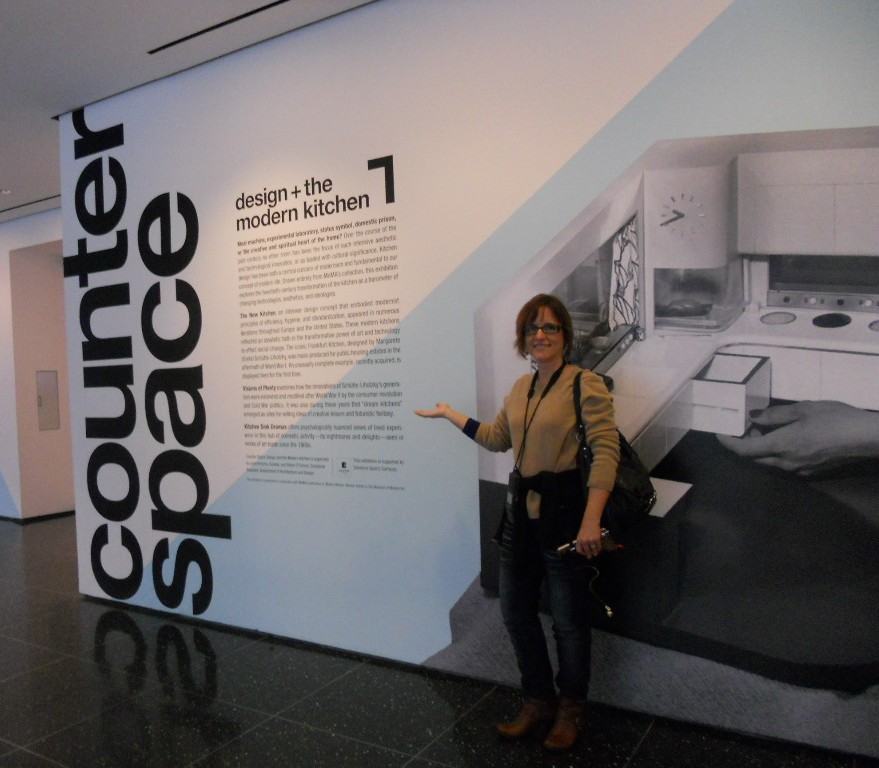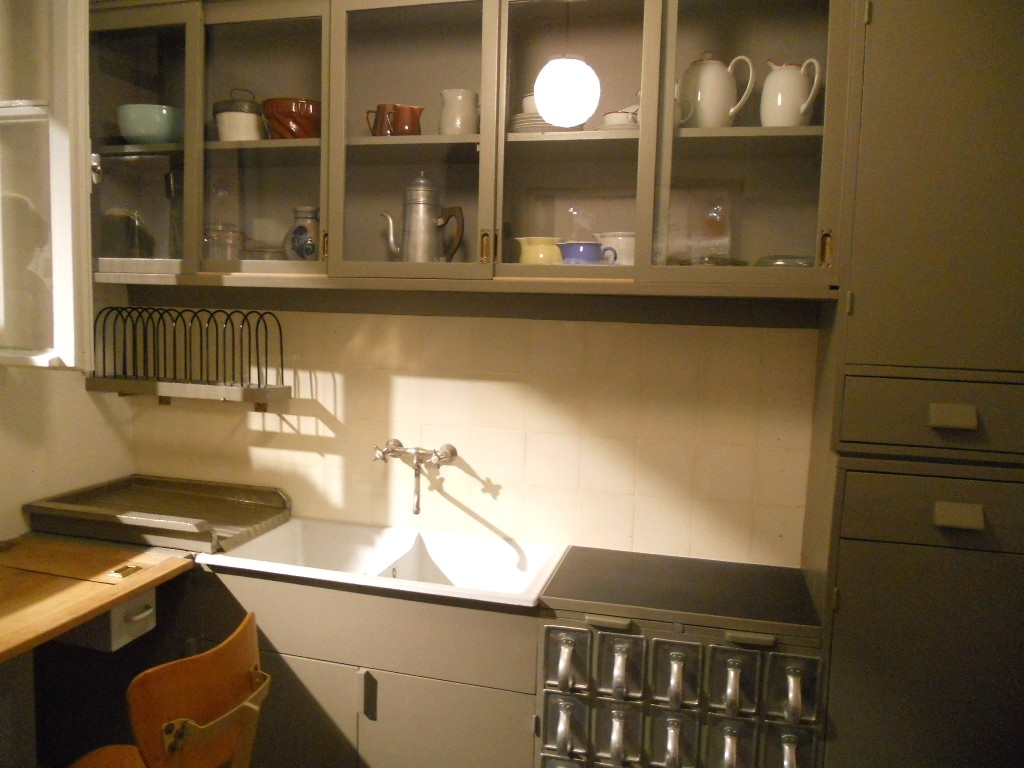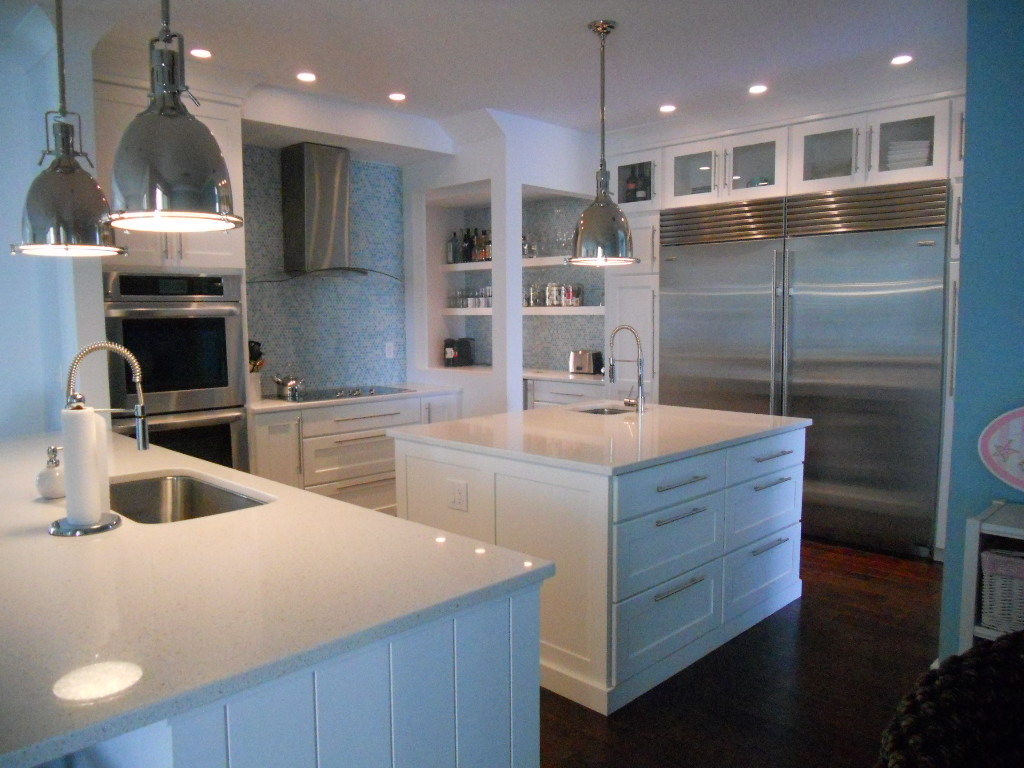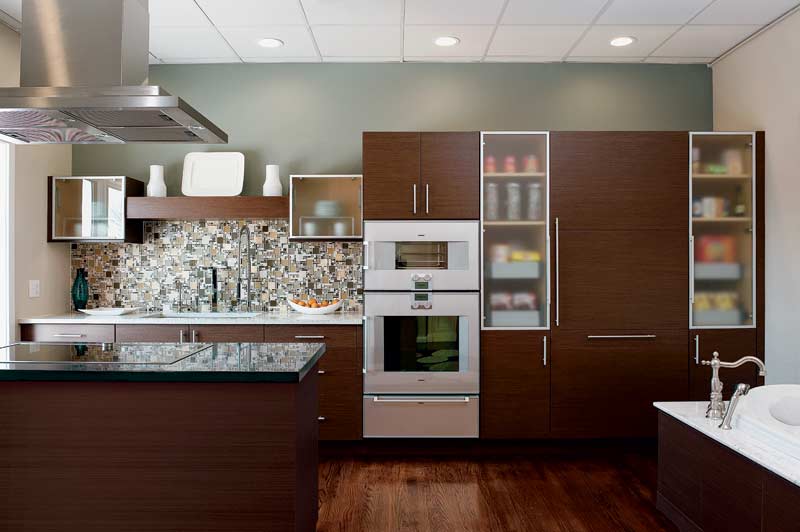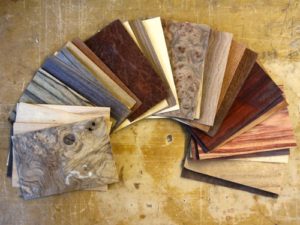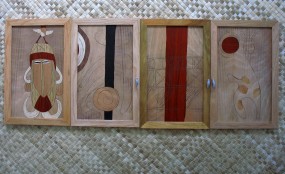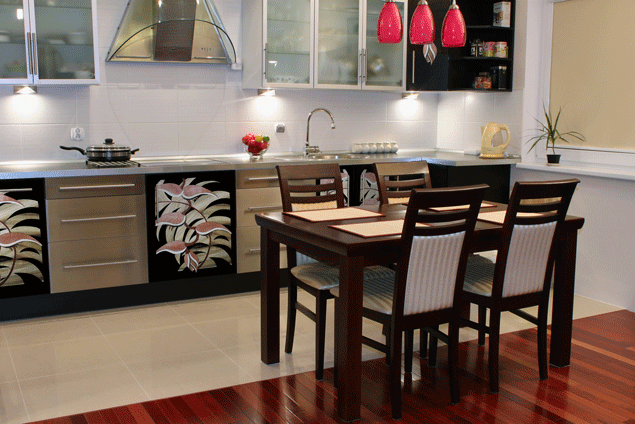I'm so excited! A true Asian grocery store has opened about 6.8 miles from my home. In case you've been asleep for the past few years you'll know that we in the west are currently in the midst of a wild love affair with Asian style and the love definitely extends to cuisine. Why? Who knows. One can only hope it's merely because we are becoming a more open society willing to explore and embrace other cultures (LOL). Anyway, I digress. Joe and I love to experiment with ethnic flavors (only in a healthy way, of course). We are always on the lookout for a new recipe that offers heavenly flavor without 10,000 Weight Watchers points. If you're going Asian, chances are all you'll really need is a wok (or just a really big skillet). Add to that all manner of inexpensive ingredients from your local Asian grocers and you're on your way. Yes, I said INEXPENSIVE. Want to save money? Go ethnic. In addition to scoring all kinds of unique products you'll find a lot of the usual stuff for much less.
 Try panang curry. It's easy versatile and delicious. I love this curry paste which is only $1.09 per can! See my recipe below.
Try panang curry. It's easy versatile and delicious. I love this curry paste which is only $1.09 per can! See my recipe below. When you get tired of rice, try noodles! There are more types of noodles than you could ever dream of.
When you get tired of rice, try noodles! There are more types of noodles than you could ever dream of.

 If you live in my neck of the woods you can visit 1st Asian Market at 7372 Lake Worth Road, Lake Worth, Florida 33467. Manager Anthony To also wants you to know that Asian 1st Market is you spot for Boba, or bubble tea. Apparently it's a refreshing delicacy found in many Asian countries and cities with large Asian populations throughout the world, their Starbuck's, if you will. Here's what our friends at Wiki have to say:"Bubble tea or foam tea, is a sweetly flavored tea beverage invented inTaiwan. Drink recipes may vary, but most bubble teas contain a tea base mixed with fruit (or fruit syrup) and/or milk. Ice blended versions of the drink are also available, usually in fruit flavors. Bubble teas usually contain small tapioca balls or pearls called "boba". If you're intrigued and would like to know more, click here.1st Asian can also take care of your sushi catering needs. How about a sushi birthday cake?
If you live in my neck of the woods you can visit 1st Asian Market at 7372 Lake Worth Road, Lake Worth, Florida 33467. Manager Anthony To also wants you to know that Asian 1st Market is you spot for Boba, or bubble tea. Apparently it's a refreshing delicacy found in many Asian countries and cities with large Asian populations throughout the world, their Starbuck's, if you will. Here's what our friends at Wiki have to say:"Bubble tea or foam tea, is a sweetly flavored tea beverage invented inTaiwan. Drink recipes may vary, but most bubble teas contain a tea base mixed with fruit (or fruit syrup) and/or milk. Ice blended versions of the drink are also available, usually in fruit flavors. Bubble teas usually contain small tapioca balls or pearls called "boba". If you're intrigued and would like to know more, click here.1st Asian can also take care of your sushi catering needs. How about a sushi birthday cake? 
 Just watch out for those
Just watch out for those cannon balls pearls. Boba tea comes with a fat straw designed to suck them up and if you're not one to focus while sucking you may want to have someone certified in the Heimlich Maneuver on hand, just in case. I found it light, refreshing and not too sweet. Mine was actually flavored with honey dew melon, unexpected but really good. Now for that recipe I promised. Jones-ing for some tasty Thai? Simple. Try this.GLO'S EASY PANANG CURRYIngredientsTake one can of Panang curry paste, one can of coconut milk (Mae Ploy is the best but very fattening), an assortment of your fave veggies and about a pound of any type of meat or fish if desired.Directions:In your wok or skillet gently stir fry desired veggies (you know which ones take longer to cook) and meat if desired. I like to add a little seasoning to taste but remember the Panang curry is going to provide lots of flavor. While that's going on heat about a tablespoon of vegetable oil in a sauce pan and stir in one can of Panang curry paste, turn heat down to medium-low and slowly add about a third of a can of coconut milk. Make sure you mix the coconut milk up well before adding. The whole object is to retain a nice smooth consistency. Once you've go that done add it to the skillet mixture and slowly add the rest of the coconut milk. Let it all simmer for a few minutes and you're ready to enjoy over jasmine rice or perhaps rice noodles. Garnish with lime and fresh basil and enjoy! If you have any other recipes or suggestions BRING IT BABY :)

